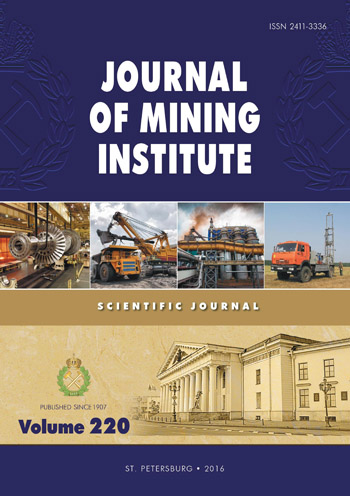New technology of dry benefication of fly ash from coal power plants using applied mineralogy techniques
- 1 — Ph.D., Dr.Sci. R&D Director ("Mekhanobr-tekhnika" Scientific and Production Corporation (CJSC)
- 2 — Ph.D. Deputy director science mining museum Saint-Petersburg Mining University
Abstract
The existence of environmental and strategic need to process dumps and slagheaps of coal mining enterprises of Russia and foreign countries results in reviewing the potential of using fly ash as a technogenic mineral resource. Comprehensive studies of substance composition of fly ash from coal power plants make it possible to define rational further ways of utilizing that mineral resource substantiating the scheme of its technological secondary processing. In view of the numerous environmental problems stemming from the techniques of wet benefication and processing of that mineral resource, a technology is suggested of dry cleaning of fly ash from thermal coal power plants. Studies were carried out using a number of samples of fly ash from various power plants. The suggested criteria are used to discriminate the compounds of fly ash and quantitative and qualitative composition of particulate matter is assessed. Studies of substance composition of fly ash samples has demonstrated that the concentration of non-combusted carbon in them varies from 5 to 20 %. The principal technological procedure of cleansing in our studies was a combination of magnetic and electric separation of ash in the state of vibrational pseudo-liquefaction. It enables one to increase the throughput capacity and selectivity of the cleansing process significantly. In the result of such cleansing a stable mineral fraction is produced that contains 0.5-2.5 % of carbon, so that the purified mineral fraction can be used as a construction binding agent.
Funding
The study was conducted with support from the RF Ministry of Education and Science (Agreement No.14.579.21.0023), REMEF 157914X0023
